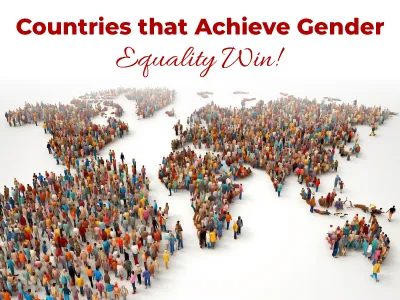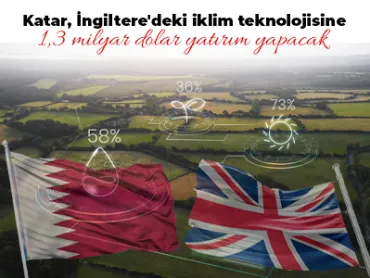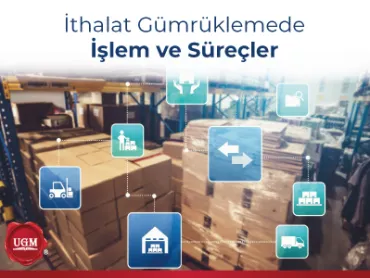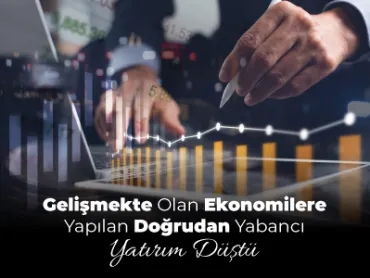
Research shows that countries that close the gender gap realize significant growth gains.
Women's economic empowerment is a powerful engine for inclusive growth. Reducing the gap between the proportion of working women and men is one of the most critical reforms policymakers can make to revitalize economies amid the weakest medium-term growth outlook in more than three decades.
With global growth projected to remain at just 3 percent over the next five years and traditional growth engines stalling, many economies still need to tap the potential of women. Only 47 percent of women are active in today's labor markets, compared to 72 percent of men. So, while the average global gap has narrowed by just one percentage point over the past three decades, it remains unacceptably large.
Unfair laws, unequal access to services, discriminatory attitudes, and other barriers that prevent women from realizing their full economic potential are primarily responsible. The result is a shocking waste of talent that leads to losses in potential growth.
Emerging and developing economies are projected to increase women's labor force participation rate by 5.9 percentage points (the average amount by which the top 5 percent of countries reduced the participation gap in 2014-19), raising GDP by about 8 percent over the next few years. As the Chart of the Week shows, this is more than the "scar" or output loss that the pandemic has left on countries.
Of course, policymakers can boost growth in many ways, from governance reforms to strengthening institutions to unlocking capital for investment to financial reforms. Of course, combining these reforms with measures to narrow gender gaps would significantly enhance these returns.
Unfortunately, current policies do not come close to closing gender gaps. Many researchers say it is inevitable that women's labor force participation will eventually catch up with that of men, even if it takes centuries. However, a new research paper shows that, as long as current policy trends continue, the gender gap is unlikely to close.
Analysis of three decades of data shows that countries have made progress in increasing women's participation. However, economies at all income levels have experienced various setbacks due to shocks, crises, and policy reversals. For example, the pandemic has severely eroded progress in closing gender gaps, particularly for women with young children. Such setbacks cause wounds that slow and often reverse progress toward gender equality.
If countries continue on the current policy path, the gender gap in labor force participation will narrow but never close. Gaps will remain significant for most countries, exceeding 16 percentage points in one in ten countries.
Countries should step up efforts to remove barriers to women's labor market participation, such as limited access to education, health, assets, finance, land, legal rights, and care services. They should systematically consider how macroeconomic, structural, and fiscal policy packages affect women. In this context, the IMF's gender strategy aims to assist member countries in these efforts.
 Back
Back







